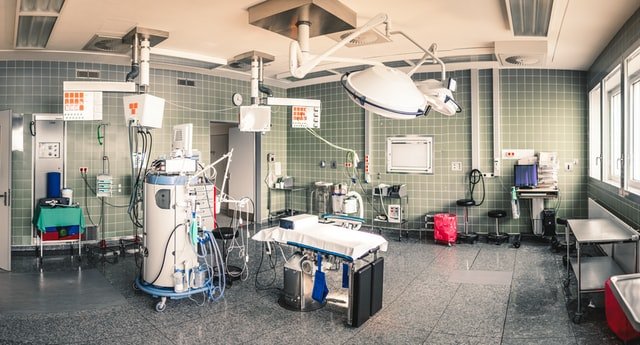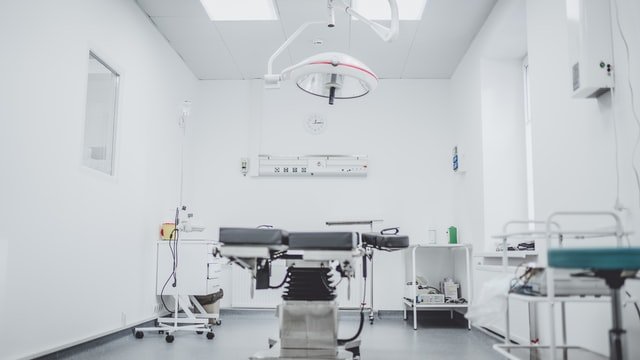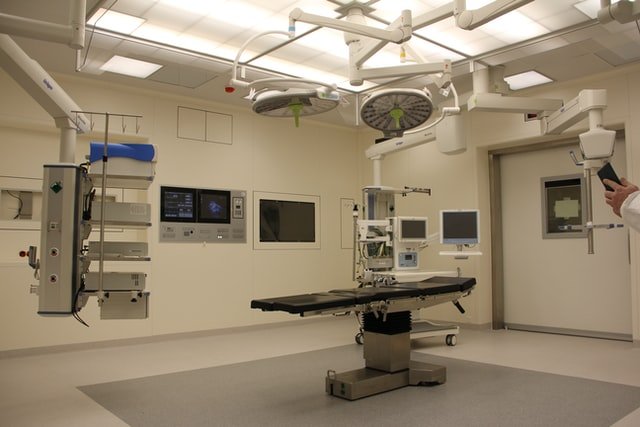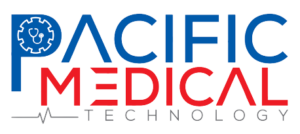Preventive Maintenance
Functional, accurate, and safe clinical equipment is an essential requirement in the provision of health services. Well-maintained equipment will give clinicians greater confidence in the reliability of its performance and contribute to a high standard of client care.
Most of the medical equipment requires regular maintenance to keep it operating at optimum performance. In accordance with AS/NZS 3551:2012 and the RACGP Standards for general practice (4th edition), equipment is required to be maintained as prescribed by the medical equipment manufacturer, but may also be influenced by local operational conditions or the environment in which the medical equipment is used.
Recommended preventative maintenance activities shall be performed as an integral element of the medical equipment management program.
Examples of routine preventative maintenance include replacing parts with a service kit, inspection, and calibration.




Components of a maintenance program
“Corrective Maintenance is a process used to restore the physical integrity, safety, and/or performance of a device after a failure. Corrective maintenance and unscheduled maintenance are regarded as equivalent to the term repair.
Inspection refers to scheduled activities necessary to ensure a piece of medical equipment is functioning correctly. It includes both performance inspections and safety inspections. These occur in conjunction with preventive maintenance, corrective maintenance, or calibration but can also be completed as a stand-alone activity scheduled at specific intervals.
IPM refers to all the scheduled activity necessary to ensure a piece of medical equipment is functioning correctly and is well maintained. IPM, therefore, includes inspection and preventive maintenance (PM)”. (World Health Organization)
